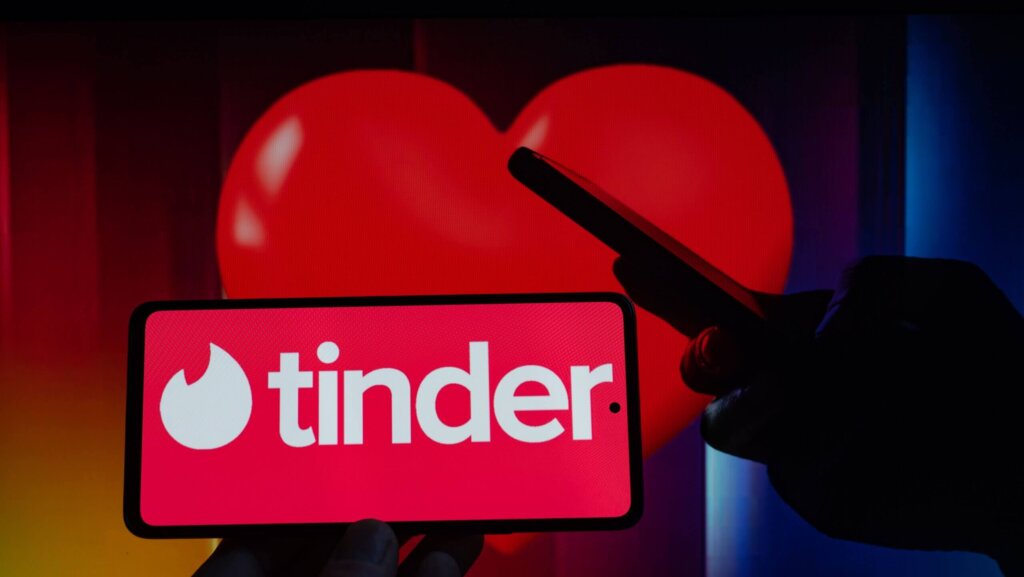Summary:
-
Tinder introduces mandatory selfie video verification to block bots, duplicates, and impersonation, with a national U.S. rollout planned.
-
The “Face Check” feature requires a quick video to confirm a real user, aiming to build trust and safety.
-
Tinder’s face verification system, already live in California, has led to significant drops in exposure to spam and scams.
Tinder will begin requiring a short selfie video from all new U.S. sign-ups, a move the company says will block bots, duplicate accounts, and impersonation as it scales a face-verification system already live in California and several countries.
Tinder’s “Face Check” asks prospective members to record a quick video so the app can confirm a real, live person is creating the account and check whether that face appears on other profiles.
The company claims to compare data points from the scan rather than storing a photo, a method meant to deter banned users from returning under fresh emails or phone numbers.
The company plans a national U.S. rollout in the coming months and will expand globally where local rules allow. The check is already mandatory for new users in California and has been piloted in Canada, Australia and India.
Early testing, combined with other safety tools, led to a more than 60% drop in exposure to suspected bad actors and a roughly 40% decline in reports, according to Match Group.
“This is about building trust in the feed.” That’s the message from Yoel Roth, Match Group’s head of trust and safety, who told The Wall Street Journal the goal is for users to trust every profile they see, even if there are “growing pains” as the company prioritizes safety.
ADVERTISEMENT
“I would say we’re really focused on the long term. Trust and safety bets can often involve short-term trade offs on the business side,” Roth said.
Face verification marks one of Tinder’s most aggressive safety pivots since the app popularized swipe culture. The change comes amid pressure from lawmakers to curb romance scams and a broader industry slump among Gen Z, who say dating apps can feel overrun with spam or low-effort matches.
In markets where Face Check has launched, Tinder reports sharp declines in user exposure to spam and scam attempts. Those results, executives say, justify making the check a standard part of onboarding in the U.S. and, later, on sister apps like Hinge and OkCupid.
Privacy questions, answered
Tinder says it creates an encrypted “map” of facial data from the selfie video to detect duplicates and does not store a plain image. The company also distinguishes Face Check from ID checks, which verify age and identity using government documents.
Tinder will expand the requirement across the U.S., then internationally as regulations allow. Match has signaled that elements of the face-scan system and other safety features will be centralized and shared across its apps. Early U.S. steps included California, where verification became mandatory this summer.
Roth framed the strategy as a business bet on outcomes rather than time-spent metrics. “We’re not an ad-driven business,” he told the Wallstreet Journal. “It’s really about having successful outcomes, and matching with a bot is not a successful outcome.”









